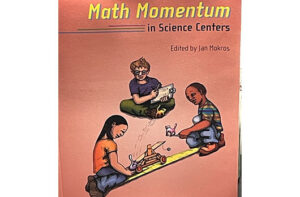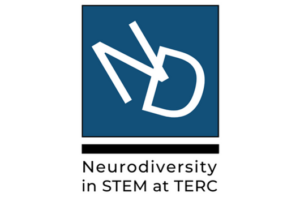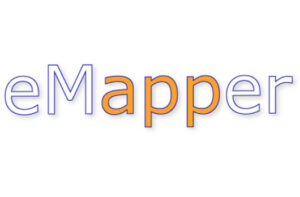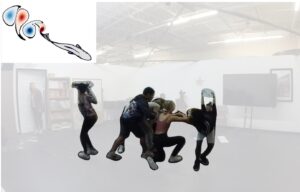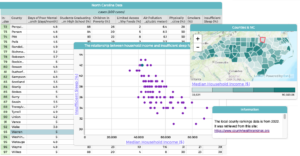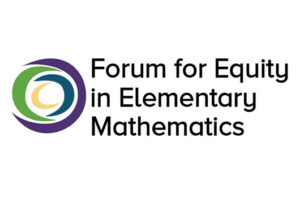How Activity Frames Shape Situated Identity Negotiation: Theoretical and Practical Insights from an Informal Engineering Education Program
Smirla Ramos-Montañez and Scott Pattison
Ramos Montañez, S., & Pattison, S. (2022). How activity frames shape situated identity negotiation: Theoretical and practical insights from an informal engineering education program. In H. T. Holmegaard & L. Archer (Eds.), Science Identities (pp. 333–357). Springer. https://doi.org/10.1007/978-3-031-17642-5_15
Abstract
A central challenge for research on STEM identity is developing tools and theories to understand how individuals exercise agency in defining and negotiating their STEM-related identities and how social and cultural structures constrain and afford this process. Furthermore, researchers must address these dynamics at a scale that is meaningful to practitioners, such as program design or educator facilitation strategies. In this Chapter, we will draw from 4 years of identity research through the Designing Our World project to share a theoretical model and complementary methodological approach for understanding the interplay between agency and structure for adolescent youth (10- to 14- years old) negotiating their identities as part of an informal engineering education program. The work provided a unique perspective on STEM identity negotiation by combining two theoretical perspectives, situated identity and activity frames, to describe the ways that youth negotiated their engineering-related identities with peers and adults. The Chapter outlines the development of the Identity-Frame Model with descriptive examples that illuminate the process of STEM identity negotiation, including how emergent understandings of the program and activities shape this process. Furthermore, we discuss possible implications for research and practice.

Related People:
Smirla Ramos Montañez and Scott Pattison


